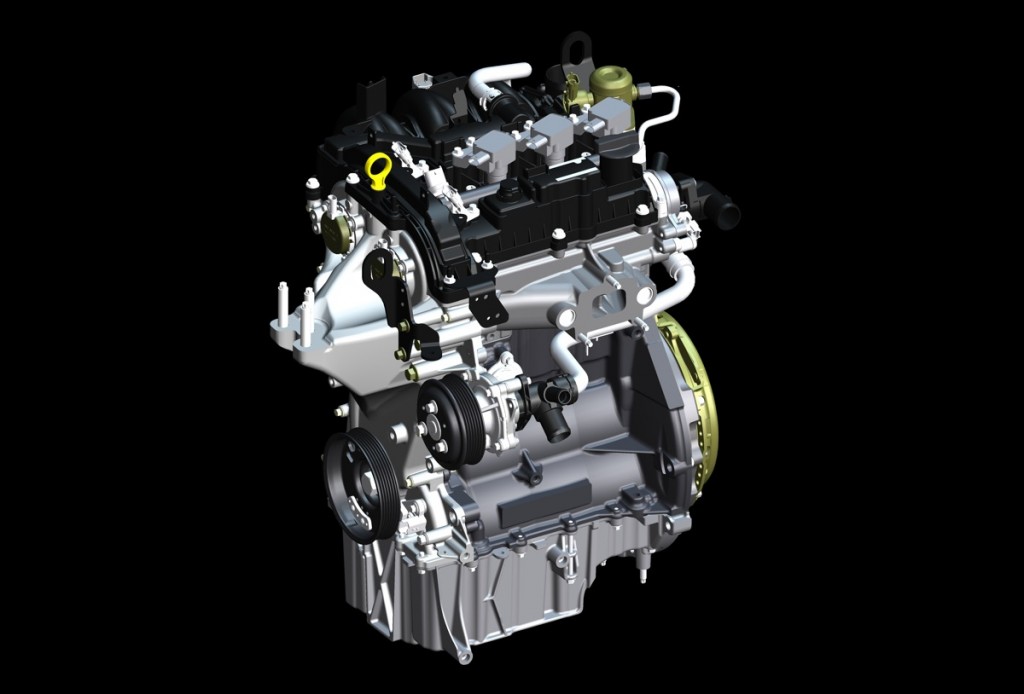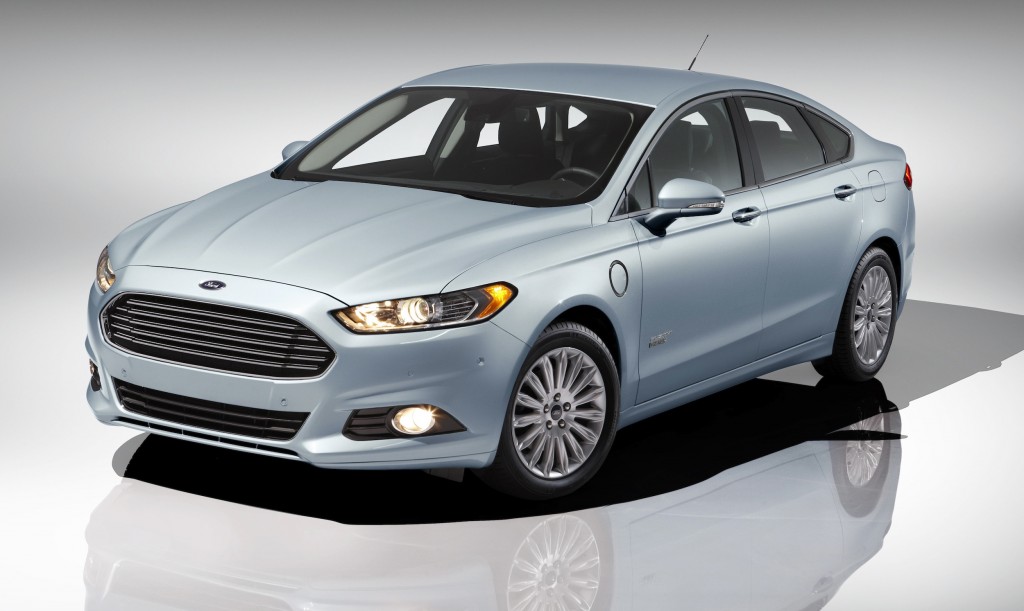Electric cars get a lot of press, and they'll increase in number--slowly--over the next decade.
But more efficient gasoline engines are what will drive the increase in fuel efficiency for U.S. vehicles over the next decade.
We've written many times about smaller, more efficient engines, and in a nutshell, that's how cars will get better gas mileage while still providing the performance, features, and safety that buyers expect and demand.
A perfect example of this is an announcement last week by Ford that it was converting its 285,000-square-foot Advanced Engineering Center building in Dearborn, Michigan, for use by engineers working on "electrified vehicle development."
That covers not only plug-in vehicles--like Ford's upcoming 2013 C-Max Energi and 2013 Fusion Energi plug-in hybrids--but also more conventional hybrids, which Ford has built since 2004.
Only a dozen copies of Ford's sole battery electric vehicle, the 2012 Ford Focus Electric, were sold from December 2011 through this February.
But although Ford was the first U.S. manufacturer to offer a hybrid vehicle for sale, in the eight years it has offered hybrid vehicles, it has never sold more than 35,500 a year. Ford sold 27,114 hybrids in 2011, and an all-time high of 35,496 the previous year.
Those hybrids are still just a tiny fraction of Ford's overall sales, barely more than 1 percent of the 2.15 million vehicles it sold in the U.S. last year.
More and more of those vehicles will be powered by Ford's various EcoBoost turbocharged and direct-injected gasoline engines, which range from a 1.0-liter three cylinder to a 3.5-liter V-6.

Ford's 1.0-liter EcoBoost engine. Image: Ford Motor Company
And that's how Ford will meet increasingly stringent 2012-2016 fuel efficiency standards, as well as those anticipated for 2017-2025 vehicles.
It's worth noting that while the Federal government had to bail out and restructure both General Motors and Chrysler in 2009, Ford stayed solvent, paid its bills, and reaped the benefits in increased sales from buyers who wanted to support its efforts.
But the company was granted $5.9 billion in low-interest loan guarantees from the U.S. Department of Energy in June 2009.
While electric cars and hybrids headlined that news, in fact the bulk of the money went to speed up and expand EcoBoost offerings in the U.S. market (with benefits to Ford's lineup globally).
By the end of 2012, Ford will have 11 different U.S. vehicles with at least one EcoBoost engine option--and the 2013 Fusion sedan will offer two, with the best fuel economy coming from a 1.6-liter four. All-wheel drive and high towing capacity will be handled by a 2.0-liter EcoBoost four that replaces the 3.5-liter V-6 in previous Fusion models.
More than that, Ford says it will have tripled its production capability for EcoBoost engines.

2013 Ford Fusion Energi
Last year, for instance, 56 percent of Ford F-150 pickup truck buyers opted for V-6 engines--either the base 3.7-liter V-6 or the the more powerful 3.5-liter V-6. Each one gets 23 mpg highway, a significant rise over the 19-mpg highway rating for the most efficient previous V-8.
So don't be fooled by media headlines.
Plug-in electric cars are coming, but it will be (as we said last week) a slow ramp to significant volume, taking two decades or more.
Oh, and Ford's highly touted plug-ins? We'd be surprised if the company sells more than 1,500 plug-in hybrids and Focus Electrics during 2012.
It's all about gasoline engines, and it will be for the next few years. But they'll be a whole lot more efficient than they used to be.
Which is why U.S. gasoline consumption peaked in 2006 and will continue to fall in the coming years.
+++++++++++













